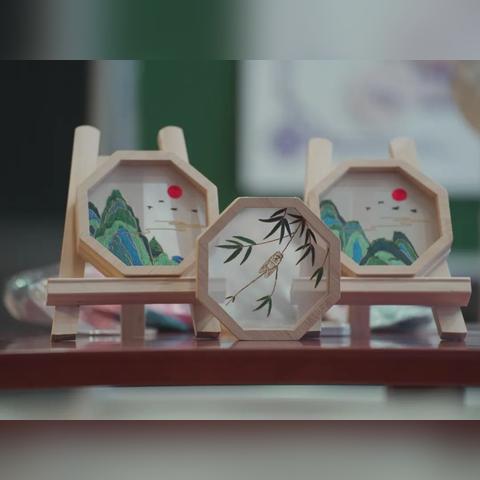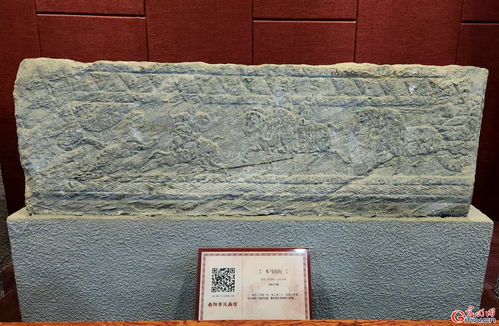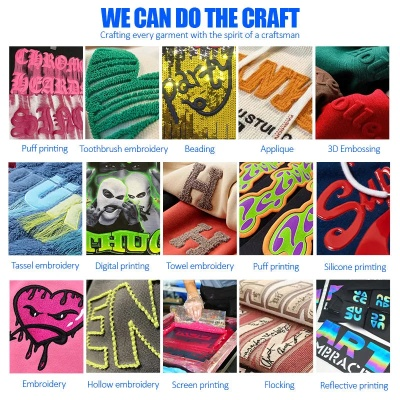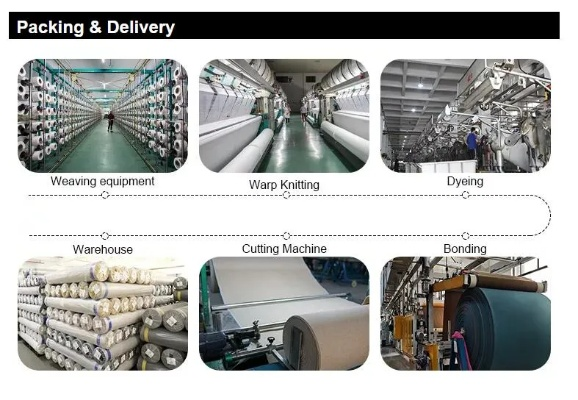The Standards of Silk Textiles:A Comprehensive Guide for Buyers and Producers
This comprehensive guide provides buyers and producers with an in-depth understanding of the standards for silk textiles. It covers various aspects such as quality, design, color, texture, and craftsmanship. The guide emphasizes the importance of selecting high-quality silk fabrics that meet specific requirements to ensure durability and longevity. Additionally, it discusses how to identify genuine silk products by examining their characteristics, such as the unique luster and feel. The guide also highlights the importance of proper care and maintenance to keep silk textiles in excellent condition. By following these guidelines, buyers and producers can make informed decisions when selecting or producing silk textiles.
Introduction: Silk, a natural fiber extracted from the cocoons of various insects, has long been revered for its luxurious texture and timeless beauty. As demand for silk continues to grow, it is essential that consumers and manufacturers alike understand the standards set by the international community for silk textiles. In this guide, we will explore the key aspects of silk textile standards, including classification, quality assessment, and certification processes. By the end of this article, you will be equipped with the knowledge necessary to make informed decisions about the products you purchase or produce.
Classification: Silk textiles can be classified based on their origin, manufacturing process, and intended use. Here are some common categories:
-
Raw Silk: This refers to the raw material used in the production of silk textiles. It is typically obtained from silkworms, which feed on mulberry leaves.

-
Spun Silk: This is the final product of the spinning process. It consists of threads that have been spun into a continuous length of fabric.
-
Weaved Silk: This involves the interlacing of threads to create a woven fabric. The weave pattern determines the texture and appearance of the silk textile.
-
Knitted Silk: This is similar to weaving but uses knitting techniques instead. Knitted silk is often used for garments due to its stretchiness and comfort.
-
Embroidered Silk: This type of silk textile incorporates intricate embroidery designs, adding a decorative element to the fabric.
Quality Assessment: When assessing the quality of silk textiles, it is important to consider factors such as the following:
| Quality Factor | Description |
|---|---|
| Fiber Type | The primary component of silk is the protein fiber, which gives it its unique luster and strength. |
| Fiber Length | Longer fibers are generally considered to be of higher quality. |
| Fiber Texture | The smoothness and softness of the fibers affect the overall feel and durability of the fabric. |
| Color Variety | The range of colors available in silk can vary widely depending on the species of the silkworm. |
| Finishing Techniques | Whether the fabric undergoes any finishing treatments, such as dyeing or printing, can impact its appearance and durability. |
| Certifications | Many silk textiles are certified by organizations like Fair Trade Certified™, GOTS (Global Organic Textile Standard), or Oeko-Tex® Standard 100, which ensure that they meet certain environmental and ethical standards. |
Certification Processes: To obtain certification for silk textiles, producers must follow specific procedures outlined by recognized bodies such as:
| Certification Body | Details |
|---|---|
| Fair Trade Certified™ | This certification ensures that the production process does not harm workers or the environment. |
| GOTS (Global Organic Textile Standard) | This certification focuses on organic cotton, but many other textiles can also qualify. |
| Oeko-Tex® Standard 100 | This standard ensures that all materials used in the production process comply with strict environmental and health regulations. |
Case Study: Consider the case of a luxury silk scarf produced by a company specializing in high-quality hand-woven silk textiles. The company follows rigorous quality assurance measures, including using only organically grown silkworms and ensuring that all labor practices comply with fair trade standards. Additionally, the company's scarves are certified by both GOTS and Oeko-Tex® Standard 100, demonstrating their commitment to sustainability and environmental responsibility. By focusing on these certifications, the company differentiates itself from competitors and builds trust with customers who value eco-friendly and ethically sourced products.
Conclusion: Silk textiles offer a range of benefits beyond their aesthetic appeal. They are known for their durability, ability to regulate body temperature, and hypoallergenic properties. However, it is essential to understand the standards that govern the production and sale of these textiles to ensure that you are purchasing products that meet your needs and expectations. By following the guidelines outlined in this guide, you can confidently make informed choices when shopping for or producing silk textiles.
随着人们对生活品质的追求不断提高,蚕丝纺织品作为一种天然、环保、健康的纺织品,越来越受到消费者的青睐,为了规范蚕丝纺织品的生产和销售,制定了一系列蚕丝纺织品标准,本篇文章将围绕蚕丝纺织品标准展开讨论,并通过英文案例说明来进一步阐述。
蚕丝纺织品标准概述
标准定义 蚕丝纺织品标准是指对蚕丝纺织品的原料选择、生产过程、质量检测等方面所制定的规范和准则,这些标准旨在确保蚕丝纺织品的质量和安全性,满足消费者的需求。 蚕丝纺织品标准主要包括以下几个方面:原料选择标准、生产过程标准、质量检测标准等,原料选择标准主要涉及蚕丝的品种、质量、含量等;生产过程标准则涉及生产设备的选用、工艺流程的制定等;质量检测标准则包括检测方法、检测指标等。
蚕丝纺织品案例分析
-
某品牌蚕丝纺织品标准执行情况 某品牌在蚕丝纺织品生产过程中,严格按照国家标准进行操作,确保产品质量和安全性,该品牌使用的蚕丝品种优质,含量高,经过严格的质量检测,符合国家标准要求,该品牌的蚕丝纺织品在市场上受到了消费者的广泛好评。
-
蚕丝纺织品质量检测方法与指标 蚕丝纺织品质量检测方法主要包括感官检测、理化检测等,感官检测主要观察蚕丝的颜色、光泽、手感等;理化检测则通过使用仪器设备对蚕丝进行测试,如拉伸强度、耐磨性等,该品牌还制定了明确的检测指标,如纤维长度、直径等,以确保产品质量的一致性和稳定性。
蚕丝纺织品标准补充说明
-
原料选择标准补充说明 原料选择标准应包括蚕种的选择、蚕丝的品种、质量等方面的要求,在选择蚕种时,应选择健康、无病虫害的品种,以保证蚕丝的品质和安全性,应选用质量优良、含量高的蚕丝品种,以满足消费者的需求。
-
生产过程标准补充说明 生产过程标准应包括生产设备的选用、工艺流程的制定等方面的要求,在生产设备方面,应选用先进的生产设备,保证生产过程的稳定性和可靠性,在工艺流程方面,应制定科学合理的生产工艺流程,确保产品质量的一致性和稳定性,还应加强生产过程中的质量控制,确保产品质量符合国家标准要求。
英文案例说明
以某知名品牌为例,该品牌在蚕丝纺织品生产过程中,严格按照国家标准进行操作,该品牌使用的蚕丝品种优质,含量高,经过严格的质量检测,符合多项国家标准要求,该品牌还采用了先进的生产设备和技术,制定了科学合理的生产工艺流程,确保产品质量的一致性和稳定性,该品牌还注重环保和可持续发展,采用环保材料和生产工艺,符合现代社会对环保和可持续发展的要求。
蚕丝纺织品标准是规范蚕丝纺织品生产和销售的重要依据,通过制定和完善蚕丝纺织品标准,可以确保蚕丝纺织品的品质和安全性,满足消费者的需求,通过加强生产过程中的质量控制和环保措施,可以推动蚕丝纺织品的可持续发展。
Articles related to the knowledge points of this article:
The Rise of Wang Peng Textiles:A Global Success Story
Transforming Textiles with Technological Innovation:The Journey of Rui Rong



